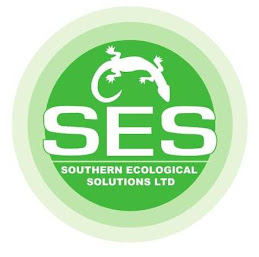As discussed, job of environmental consultant spans across many disciplines, the major task is whether there is any pollution or damage to land, air or water. And, this is normally done by desk-based research and field work. Having researched this, the consultants are also expected to assess the impact of the polluted source on receptor that may be humans or groundwater or any other thing that may is likely to bear the brunt of the pollution.
Following are some of the activities of environmental consultant:
- Managing and conducting various surveys such as collecting data to establish a standard against which levels of pollution for a site or an area can be measured
- Managing issues related to legislation and law and making people aware about how both of them affect them as well as environment
- Having surveyed, most important phase is to interpret the data. This is mainly comprised of detailed assessment of data, often using software-modeling packages to identify whether 'contamination' exists in accordance with current legislation of the respective country
- Another job of environmental consultant or environmental consultancy is to develop conceptual models. In this models, he needs to identify and consider what are the sources of contamination or pollution, critical analysis and receptors that could potentially have an adverse impact on the immediate and wider environment.







